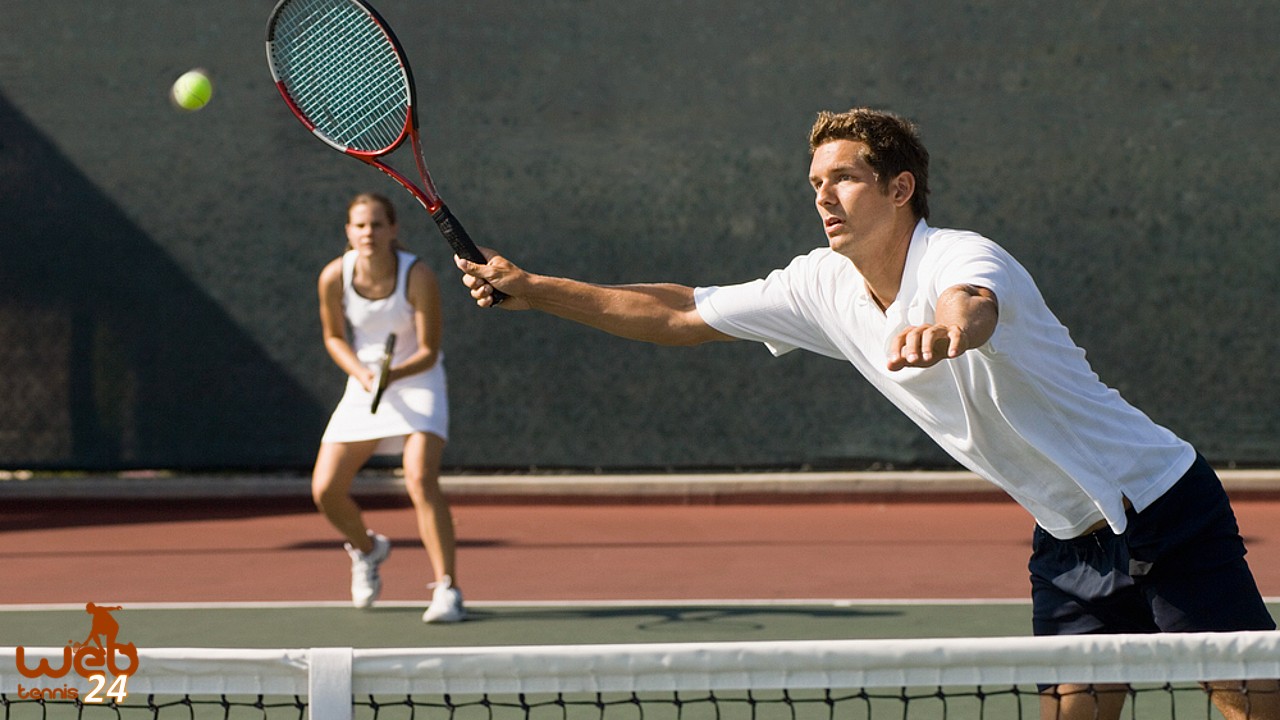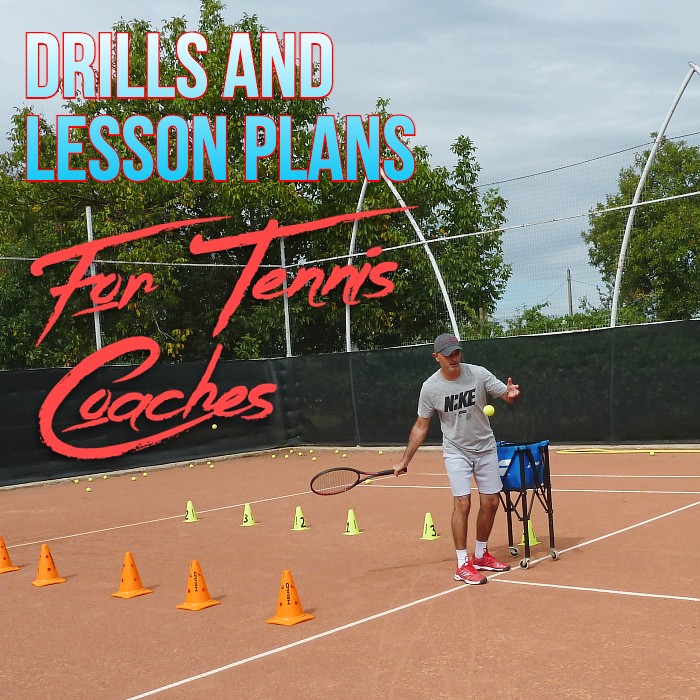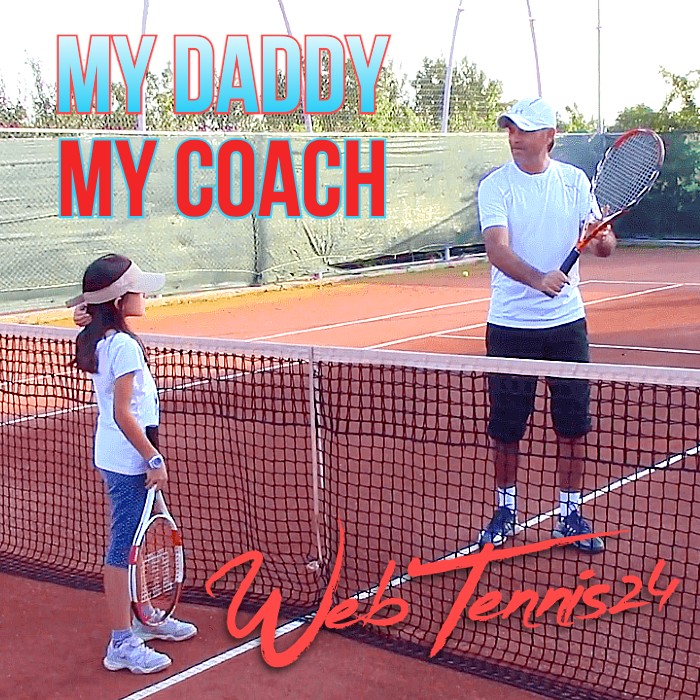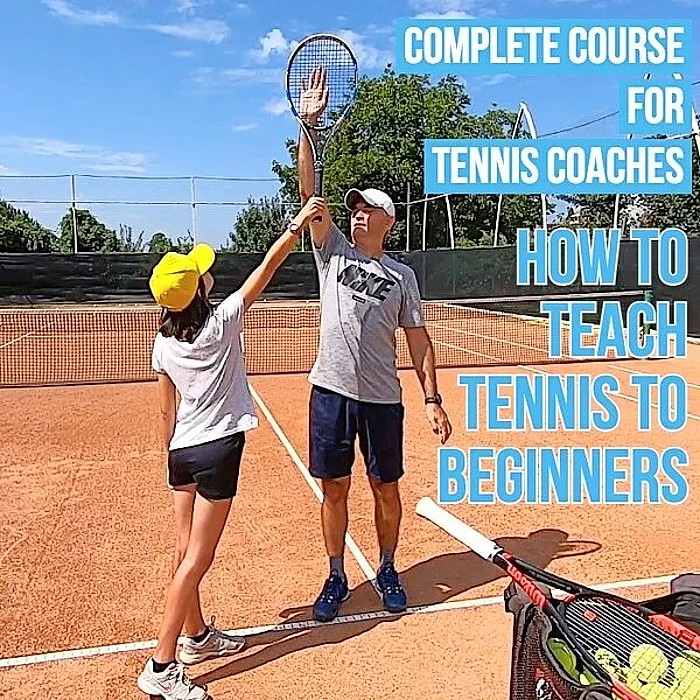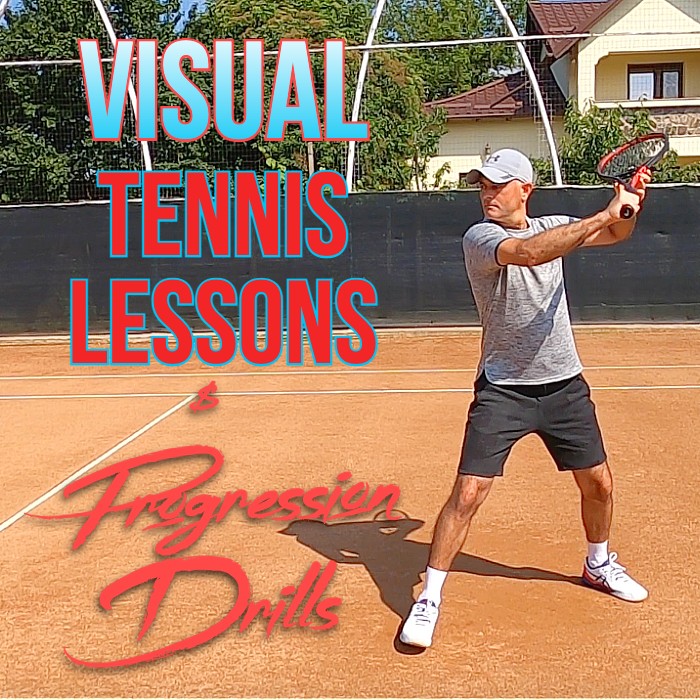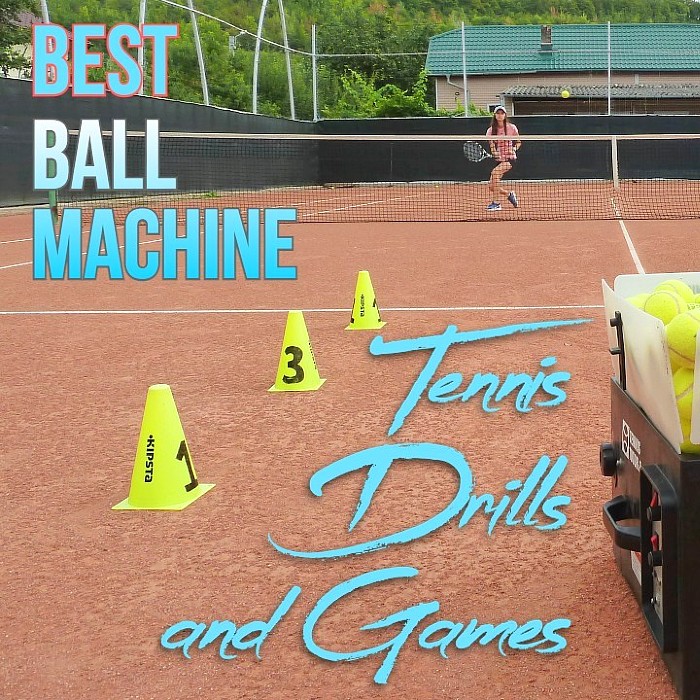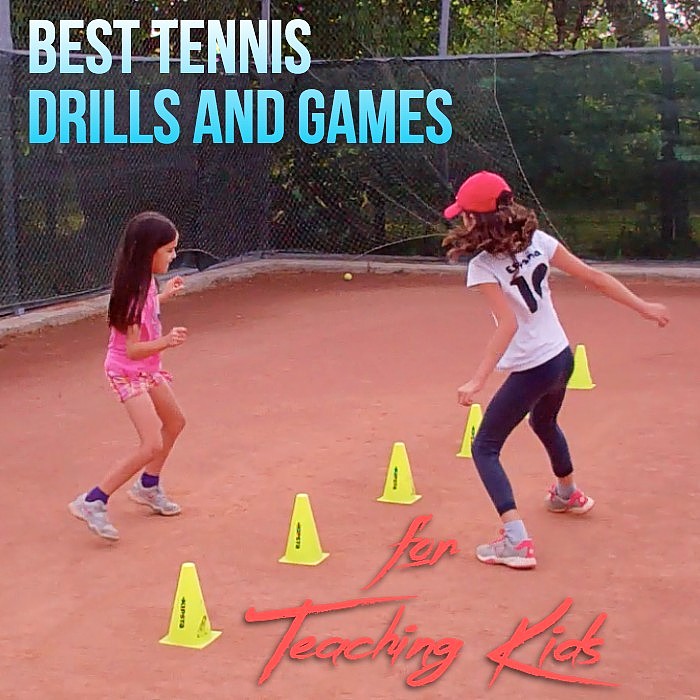Easiest Way to Win in Doubles
When I was asked to express my opinion about which doubles formation is the best and which is the least effective at winning points quickly, I did not hesitate with my answer: both players at the net (both up) would be my favorite, while the two players at the baseline (both back) to be the defensive one and taking longer to finish/win points.
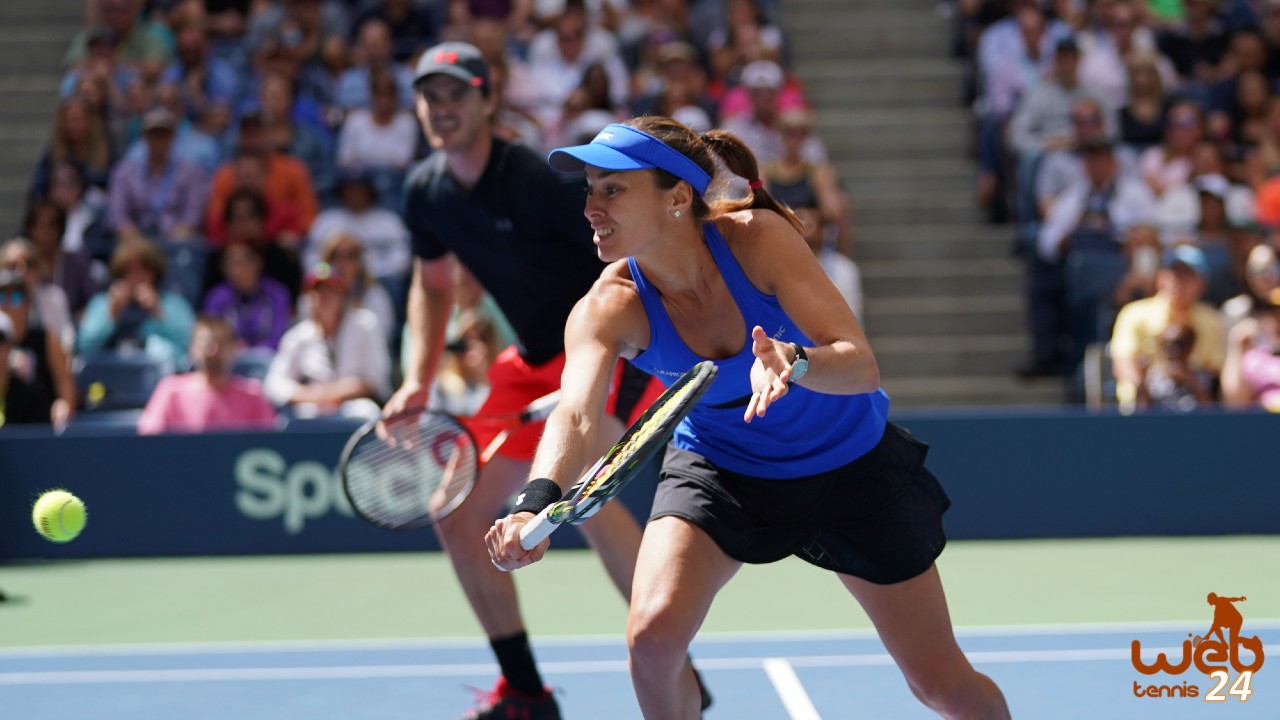
Here is my argument about why you should consider playing at the net more often:
But before I get into the details I want to point out that my analysis is done as a general guide and, when assessing one team’s best tactics and strategies, we should consider each player’s technical skills, experience, and their capability to work and communicate as a team.
I believe that the best doubles formation is… both-up.
When the two players manage to get to the net, they will be in the best position to put pressure on their opponents, cover the court and finish the points in the quickest way possible.
When the team is at the net, the best chance for the opponents to pass them is using the backcourt by sending the ball over their heads (lobs).
The both-up formation has the following advantages:
- It puts pressure on the opposing team (which is defending), giving them less time to prepare for the shot.
- They can cover a lot more court and there is almost no opening for the opponents to pass (except when using the lob which, if not executed properly, can be a “smash” opportunity).
- The ability to put the balls away (finish points) is greater at the net due to the many angle opportunities and the fact that they can contact the ball above net level.
But let’s not rule out the reasons why some players or teams prefer to play from the baseline, in doubles…
The case for both players staying back can be understood considering the following aspects:
- Both players are not comfortable playing at the net but they possess reliable ground-strokes.
- The team is receiving against a strong server – in this case, it is wise to begin the point with both players on the baseline and advance after the return is safely made.
- The team’s serves are being aggressively attacked by the opposing team (example: if the serve is not powerful or deep enough, the returner attacks the net player; in such situation, it is a good idea for the server’s partner to begin the point further back, close to the baseline).
Disadvantages of playing both-back formation:
- Many angle openings for the opposing team to put the ball away.
- Hard to cover the forecourt (against drop-shots or short angles etc.).
- Difficulty in finishing the points – they wait for the opposing team to make mistakes.
Any committed doubles player should strive to improve the net skills (volleys and overheads) and most importantly transitioning to the net which for most part can set them up for a comfortable play at the net if executed properly.
For more detailed analysis of how to play and win in doubles, sign up for the Training membership to learn how to play against different doubles formations, how to communicate with your doubles partner, how to cover the court and get to the ball quicker – watch easy to follow graphics and detailed information for beginning and advanced players.

Cosmin Miholca
Certified Tennis Coach
Check out my work at WebTennis24 where I share with you my best video tennis lessons, drills and tips for players, coaches and tennis parents.

